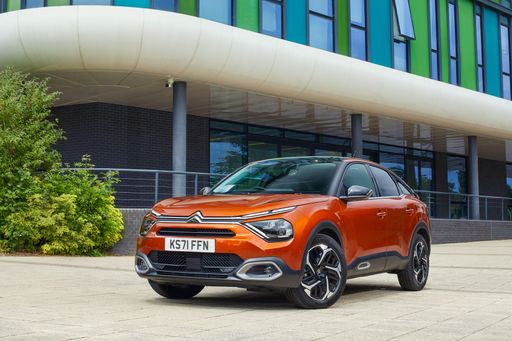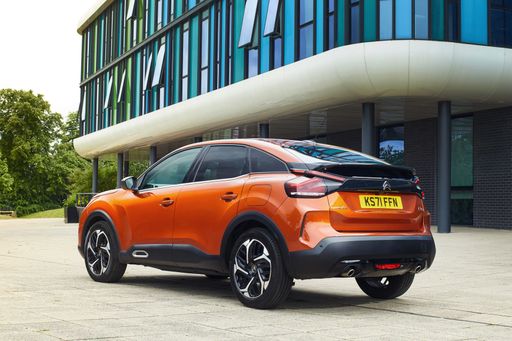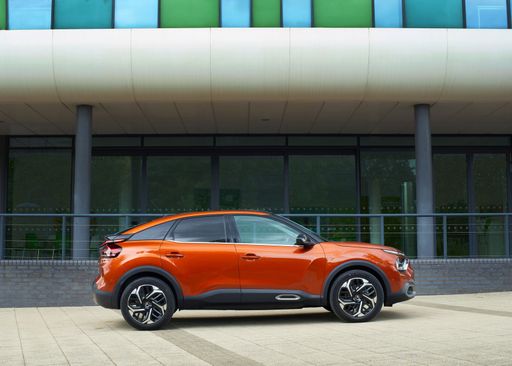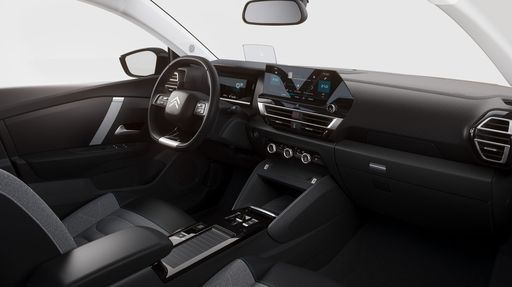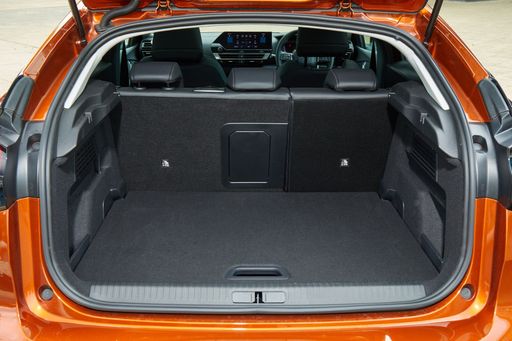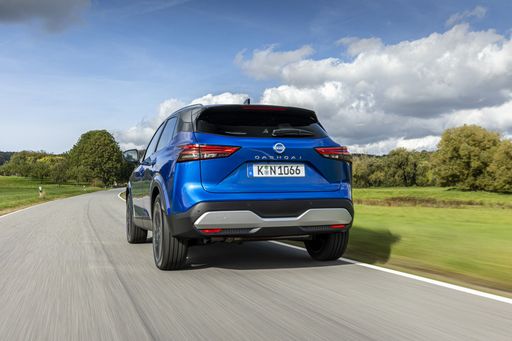Citroen C4 vs. Nissan Qashqai: A Comprehensive SUV Comparison
The automotive landscape is teeming with options, but few segments have gained as much traction as compact SUVs. Among the key players in this category are the Citroen C4 and the Nissan Qashqai. Each model boasts unique features and strengths, catering to different automotive needs. In this article, we will delve into the technical aspects and innovations of both vehicles to help prospective buyers make an informed decision.


